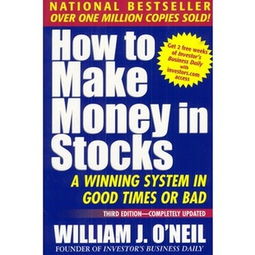Understanding Call Options

Before diving into the process of making money by buying call options, it’s crucial to understand what call options are. A call option is a financial contract that gives the buyer the right, but not the obligation, to purchase a specific amount of an underlying asset (like a stock, bond, commodity, etc.) at a predetermined price (known as the strike price) within a specified period of time.
Why Buy Call Options?

Investors buy call options for various reasons. Some seek to profit from a potential rise in the price of the underlying asset, while others use options as a hedging strategy to protect their investments. Regardless of the reason, buying call options can be a lucrative venture if done correctly.
How to Make Money Buying Call Options

Here’s a step-by-step guide on how to make money by buying call options:
1. Research and Choose the Right Asset
Start by researching and selecting an asset you believe will increase in value. This could be a stock, ETF, index, or commodity. Look for assets with strong fundamentals, positive news, or technical indicators suggesting upward momentum.
2. Determine the Strike Price and Expiration Date
Once you’ve chosen an asset, decide on the strike price and expiration date for your call option. The strike price is the price at which you can buy the asset, and the expiration date is the last day you can exercise your option. Keep in mind that the closer the strike price is to the current market price, the more expensive the option will be.
3. Assess the Premium
The premium is the price you pay for the call option. It’s influenced by several factors, including the current market price of the underlying asset, the time until expiration, and the volatility of the asset. Generally, higher volatility leads to higher premiums.
4. Consider the Greeks
Understanding the “Greeks” (delta, gamma, theta, and vega) can help you assess the risk and potential reward of your call option. Delta measures how much the option price will change for every $1 change in the underlying asset’s price. Gamma measures the rate at which delta changes. Theta represents the time decay of the option, and vega measures how much the option price will change for every 1% change in implied volatility.
5. Place Your Order
Once you’ve done your research and analysis, place your order to buy the call option. You can do this through a brokerage account. Be sure to specify the number of options you want to buy and the price you’re willing to pay.
6. Monitor Your Investment
After purchasing the call option, keep a close eye on the underlying asset’s price. If the price rises, your option will likely increase in value. However, if the price falls, your option may lose value. Be prepared to sell your option before expiration if it’s not performing as expected.
7. Manage Your Risk
One of the most important aspects of buying call options is managing your risk. Set a stop-loss order to limit your potential losses. Additionally, consider diversifying your portfolio by buying options on different assets to spread out your risk.
Real-World Example
Let’s say you believe that Company XYZ’s stock will increase in value over the next three months. The current market price of the stock is $100, and you decide to buy a call option with a strike price of $105 and an expiration date in three months. The premium for this option is $2.50.
| Scenario | Stock Price at Expiration | Option Value at Expiration |
|---|---|---|
| Stock price remains at $100 | $100 | $0 |
| Stock price rises to $110 | $110 | $5 |
| Stock price falls to $90 | $90 | $0 |
In this example, if the stock price rises to $110 at expiration, your option will be worth $5 ($110 – $105 strike price – $2.50 premium). If the stock price



